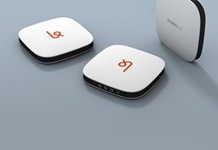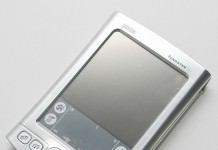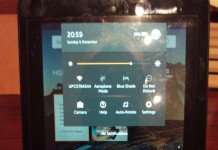 Happy Black Friday Eve, everybody! (And Thanksgiving, for those of us in the fifty states.) Hope you’re not too overstuffed with turkey by the end of the day.
Happy Black Friday Eve, everybody! (And Thanksgiving, for those of us in the fifty states.) Hope you’re not too overstuffed with turkey by the end of the day.
While you’re digesting all that tryptophan, consider that we now live in a time where it’s possible to put a full-fledged computer on the cover of a magazine. Seriously. In the UK, anyway, the latest issue of the print magazine The MagPi has an honest-to-goodness Pi Zero computer attached to the front cover. It may not be the most powerful computer in the world, but at $5 or £4 standard retail, it’s certainly the cheapest.
The Pi Zero is available from Element14, the Pi Hut, and Pimoroni in the UK, and Adafruit in the US (though they seem to be all sold out of the $5 stand-alone version by now). Ars Technica has the technical details:
The Zero isn’t just some add-on module or something like that, either—it’s a full-fledged member of the Raspberry Pi family. The Zero is powered by a Broadcom BCM2835 (the same SoC in the Raspberry Pi 1), with a 1GHz ARM11 CPU core. There’s 512MB of RAM; a micro SD slot; two micro USB sockets (data and power); and a mini HDMI socket that can output at 1080p60. Perhaps most importantly, though, the Zero has 40 GPIO pins with the same pinout as the Model A+, B+, and 2B. There’s also some headers for RCA composite video out.
If the Raspberry Pi Foundation can keep up with demand, this could be a great computer for all sorts of embedded projects—or even just for hooking up to a monitor, keyboard, and mouse and doing some Linux programming. Maybe it could even form the core of some kind of tablet or e-reader. Regardless, this is a great sign of just how inexpensive computer technology has gotten by now.
Who knows how cheap it will be within just a few more years?


































So You’re getting an entire computer, including storage, cables, display, input/output, for only $5?
No? Then it’s not a five dollar computer, and you shouldn’t call it such.
The definition certainly doesn’t say anything about storage, cables, display, and input/output. I fail to see how the device offered doesn’t meet it.
yes, i am giving you unnecessary grief on this one.